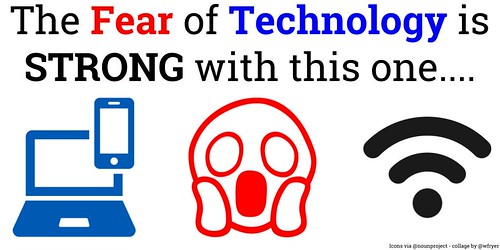 |
| 15 Accidental Inventions You Can't Imagine Your Life Without |
15 Accidental Inventions You Can't Imagine Your Life Without
Unquestionably the most significant improvements we use every day were made accidentally. These unintentional developments in this summary completely changed our way of life. A portion of the time things don't work out true to form. In any case, occasionally, it's to improve things! Let us look at 15 of themMatches
English medication expert John Walker saw that one of the sticks he used to mix the engineered creations had some substance on it that burst into flares viably.
Teflon
American logical master Roy J. Plunkett was endeavoring to make coolers progressively secure and unintentionally made non-responsive, non-stick substance impenetrable to uncommon temperatures.
Potato chips
New York culinary master George Crum decided to change the way in which he cooked potatoes to avoid customer grumblings.
Gelatos
The solidified yogurt slow down at the 1904 World's Fair in St. Louis was missing the mark on bowls and had a go at using waffles instead of them.
Coca Cola
Medication expert John Pemberton was endeavoring to make sense of how to discard headaches and built up the syrup of coca leaves and cola nuts.
Post-It notes
3M Company physicist fails to make an excessively strong paste anyway gave the world the famous tenacious papers.
Security glass
French physicist Édouard Bénédictus saw that the receptacle that didn't break in the wake of tumbling off his work zone had a small film of liquid plastic in it.
Vulcanized versatile
Charles Goodyear mixed versatile in with sulfur and unexpectedly dropped it on a hot surface – that is the way vulcanized flexible was structured.
Plastic
Plastic was by chance made in check for a more affordable choice for shellac anyway became something way logically supportive.
Antidepressants
The essential energizer was found in 1957 and ought to be an answer for tuberculosis.
Implantable pacemaker
Wilson Greatbatch added an unseemly electronic part to what in particular ought to be a heartbeat recording gadget and made the pacemaker.
Immunizing agents poisons
Scottish scientist Alexander Flemming saw that structure killed the minuscule creatures in a dish in his messy lab and saved an unbelievable number of lives with his advancement of penicillin
X-pillars
Wilhelm Roentgen out of the blue put his submit front of an electron-bar tube in 1895 and structured x-shaft imaging.
Superglue
In 1942, Kodak examiner Harry Coover was working on direct plastic for weapon sights when he fortuitously made a clingy substance that clung to practically anything.
Microwave
Maritime power radar master Percy Spencer saw that the bar of chocolate in his pocket relaxed near a microwave-delivering magnetron. Furthermore, this is the method by which the microwave was planned in 1945!
Take a gander at my previous article: Why Phones Don't Work In Elevators



0 Comments